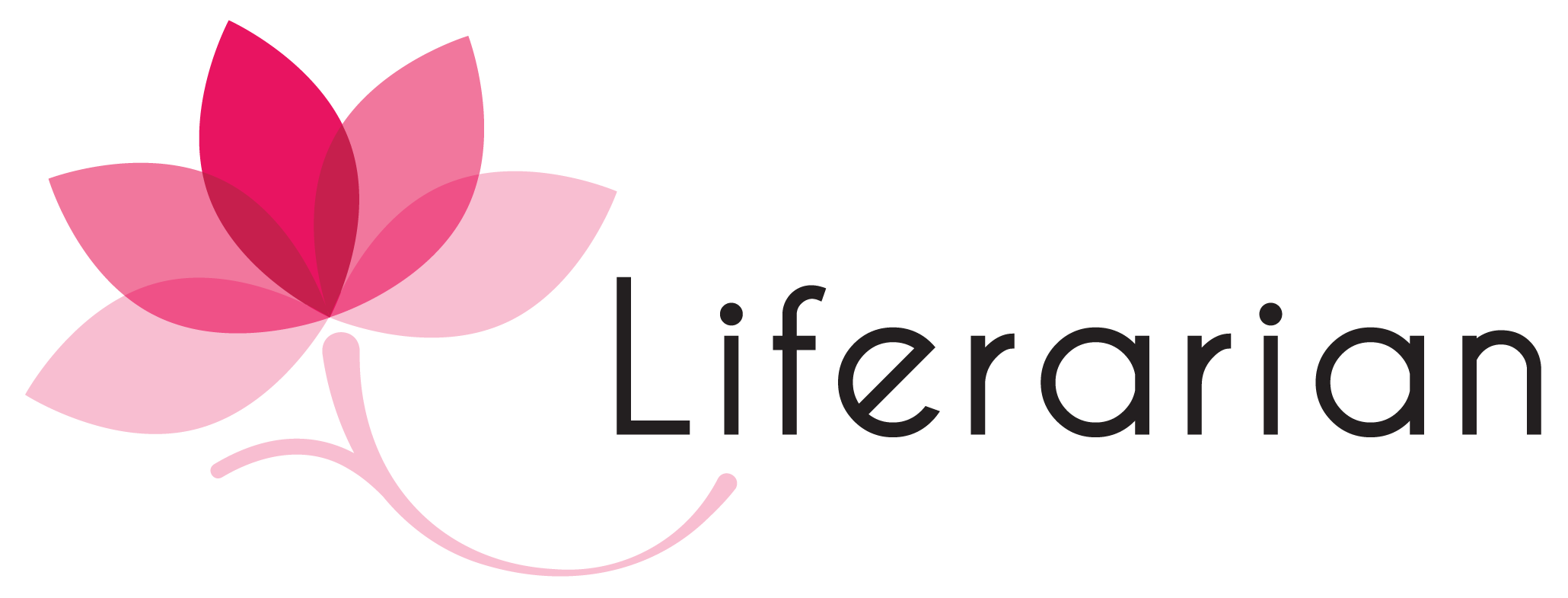Have you ever used the word – THANK YOU, ask yourself?
If you answered yes, then you are on the correct route. Suppose the answer is no. Imagine how you’d feel if you help someone and that person does not recognize your efforts. That is why our forefathers instilled in us the habit of saying “Thank You” to anyone who assists us or seeks assistance from others.
Thank you imply deference and credit to others. When we refer to information from a print or non-print source, we must credit the source. There is a simple way to give credit, for the knowledge we get through these sources is CITATION.
According to Plagiarism Organization, Citation is defined as
A “citation” is the way you tell your readers that certain material in your work came from another source. It also gives your readers the necessary information to find that source again, including:
- information about the author
- the title of the work
- the name and location of the company that published your copy of the source
- the date your copy was published
- the page numbers of the material you are borrowing.”
Why cite:
- To avoid plagiarism (plagiarism means copying someone else’s idea or work).
- To respect others’ work.
- To communicate with others, what resources do we use to understand the topic of a specific project assignment.
- To share the location of the information with others.
 What to cite:
What to cite:
Quotation: Whenever we use a quote, we must include an in-text citation and a full citation on the work cited page.
Paraphrasing: When we do any research or project work, we go through many resources. If we want to use any information or ideas from any resource, we should write using our own words. This helps us understand the topic and allows us to avoid plagiarism. So whenever we are paraphrasing the information, we must cite the resource. After paraphrasing, we must include in-text citations and complete citations on work cited pages.
Summarizing means giving information in short paragraphs using only the main ideas. But when we refer to someone else’s work or ideas, it always needs to be cited. After summarizing, provide an in-text citation and a complete source on the work cited pages.
What not to cite:
- When we are talking about our personal experiences or thoughts
- Original research is done by ourselves.
- When we are talking about common knowledge or widely accepted facts, for, e.g. Sun rises in the east and sets in the west.
It is preferable to cite the source if there is any doubt.
How to cite:
There are different types of citations like MLA, APA, Chicago, CSE, and others. But we must use any one type of citation.
According to IB, “Do not use two styles in one work/essay/IA. It is considered as misconduct in this case students might lose their diploma”.
Various technical tools for citations are available, like MyBib, EasyBib, BibMe, Citefast, Cite This For Me and others.
Here are some examples in the most commonly used citation style, MLA, using one of the technical citation tools, MyBib (https://www.mybib.com/):
Book (Print media)
One Author
Citation: Haese, Michael. Mathematics 6 (MYP 1). 3rd ed., Haese Mathematics, 2021, pp. 87.
In-text Citation: (Haese 87)
Two Authors
Citation: Haese, Michael, and Humphries Mark. Mathematics 6 (MYP 1). 3rd ed., Haese Mathematics, 2021, pp. 87.
In-text Citation: (Walter and Morgan 87)
Three and more authors
Citation: Haese, Michael, et al. Mathematics 6 (MYP 1). 3rd ed., Haese Mathematics, 2021, pp. 87.
In-text Citation: (Haese et al. 87)
Magazine and Newspaper (Print media)
Author
Citation: Anderson, Andrea. “Going Under.” Scientific American, Vol. 28, no 2, Mar. 2017, pp. 61-65.
In-text Citation: (Anderson)
No Author
Citation: “Going Under.” The Times of India, 3rd Apr. 2017, pp. 3-4.
In-text Citation: (“Going Under”)
Website
Author
Citation: Hogan, Darren. “How to Learn a Language?” Life hacker, Gizmodo Media Group, 27 May 2017, http://lifehacker.com/how_language. Accessed 19.8.2018.
In-text Citation: (Hogan)
No Author
Citation: “How to Learn a Language.” Life hacker, Gizmodo Media Group, 27 May 2017, http://lifehacker.com/how_language. Accessed 19.8.2018.
In-text Citation: (“How to Learn a Language”)
Image (non-print)
Citation: Adams, Ansel. “Sunset on the Desert,” Ansel Adams Gaffery, 27 May 1947, anseladams.com. Accessed 3 Apr. 2018.
In-text Citation: (Adams)
Video (non-print)
Citation: Chattal, Anderjee. “How Your Brain Decides What Beautiful Is.” TED Conference, LLC, 16 Apr. 2016, www.ted.com/talks. Accessed 17 May 2018.
In-text Citation: (Chattal)
For more information, check out Xavier Education Writing Center
by Shubhangi Vijay Patil.
Librarian, DY Patil International School, Nerul, Navi Mumbai


This blog post provides a valuable resource for students and researchers on the importance of citation. I appreciate the clear explanation of what citation is and why it’s important, along with the different scenarios requiring citation.
The breakdown of different citation elements and examples in MLA style is particularly helpful for readers new to academic writing. Additionally, the inclusion of various citation tools and resources demonstrates the author’s commitment to providing comprehensive information.
The text beautifully underscores the art and craft of proper citation. By emphasizing respect for others’ work through citation, it highlights a key practice in maintaining academic integrity and avoiding plagiarism. A true testament to the art and craft of scholarly diligence.